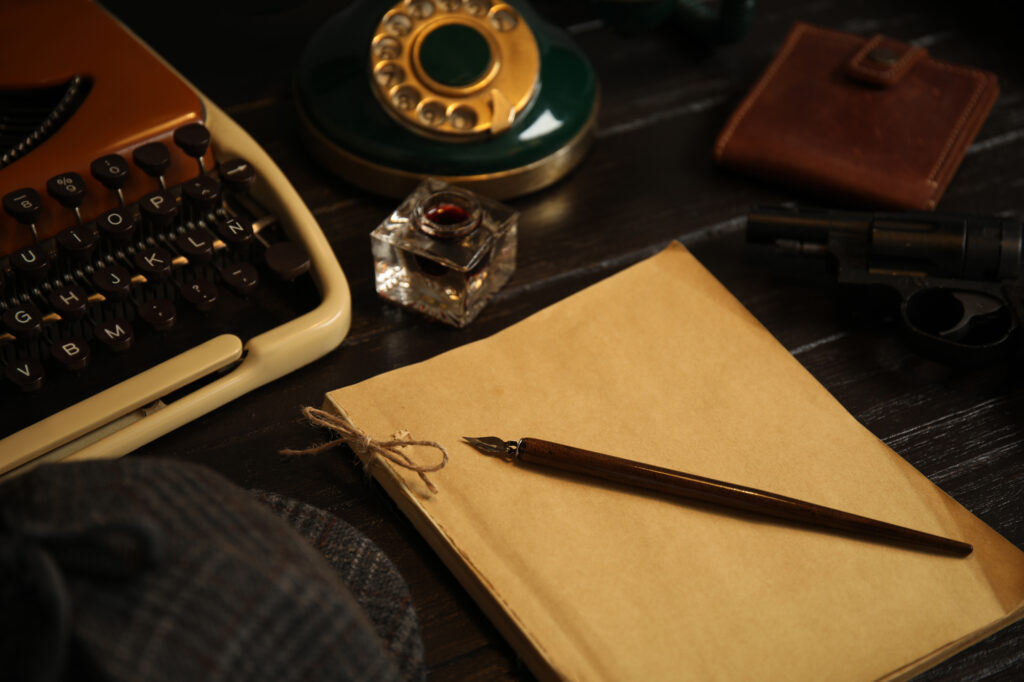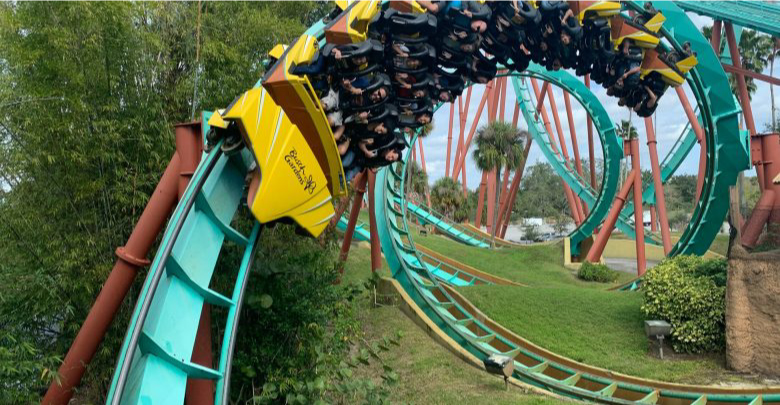It Takes a Village: Writing Supporting Characters – Tere Michaels

Writers spend a lot of time on their main characters – our heroes, our villains. We want them to be unique and memorable, leaping off the pages or screen to grab the reader and pull them into the world.
But that world needs to be populated. By names and faces (and the nameless and faceless) who bring forth information, distractions, difficulties and even just color and commentary. They are the supporting characters and to forget to give them the attention and depth they deserve is to short-change both yourself and your readers.
The Missing Puzzle Piece: Core Wounds – Tere Michaels

This workshop will explore what a Core Wound is, how it goes into the building of a deeply felt and memorable character, and how it influences their actions and reactions in a story.
Gut Punch: Using Emotional Conflict as Plot Intensive 2-week Workshop – Tere Michaels

We’ll examine the difference between internal conflict and external trauma and how they can bring a reader closer to the character – or drive them away.
Writing Historical Romantic Suspense – Beth Henderson

Whether you want to change history (as alternative allows you to do in various ways, just jump in your time machine) or insert characters into an earlier era and give them a crime to deal with or a crime in the making if someone is hunting them, or use actual historical personages – or not – in a real historic mystery setting…well, this workshop will touch on them all.
Imagination in Overdrive: Save the Plot Challenge! – Beth Henderson

Have you ever completed a story or been partway through writing one when you realized “This just isn’t working as it should”?
Character Building Part of 3 – Using Emotional Conflicts as Plot 2-Weeks, Oct 2th – Sept 13th

Core Wounds sit in the heart of every person – both real or fiction.
Character Building Part of 2 – Core Wounds 2-Week, Sept 4th – Sept 15th

Core Wounds sit in the heart of every person – both real or fiction.
Character Building Part of 2 – Core Wounds 2-Week, Sept 4th – Sept 15th

Core Wounds sit in the heart of every person – both real or fiction.
Character Building Part I of 3 – Building Emotional Arcs 2-Week

Emotional arcs are a purposeful construct that enables you to take your story to the next level.
